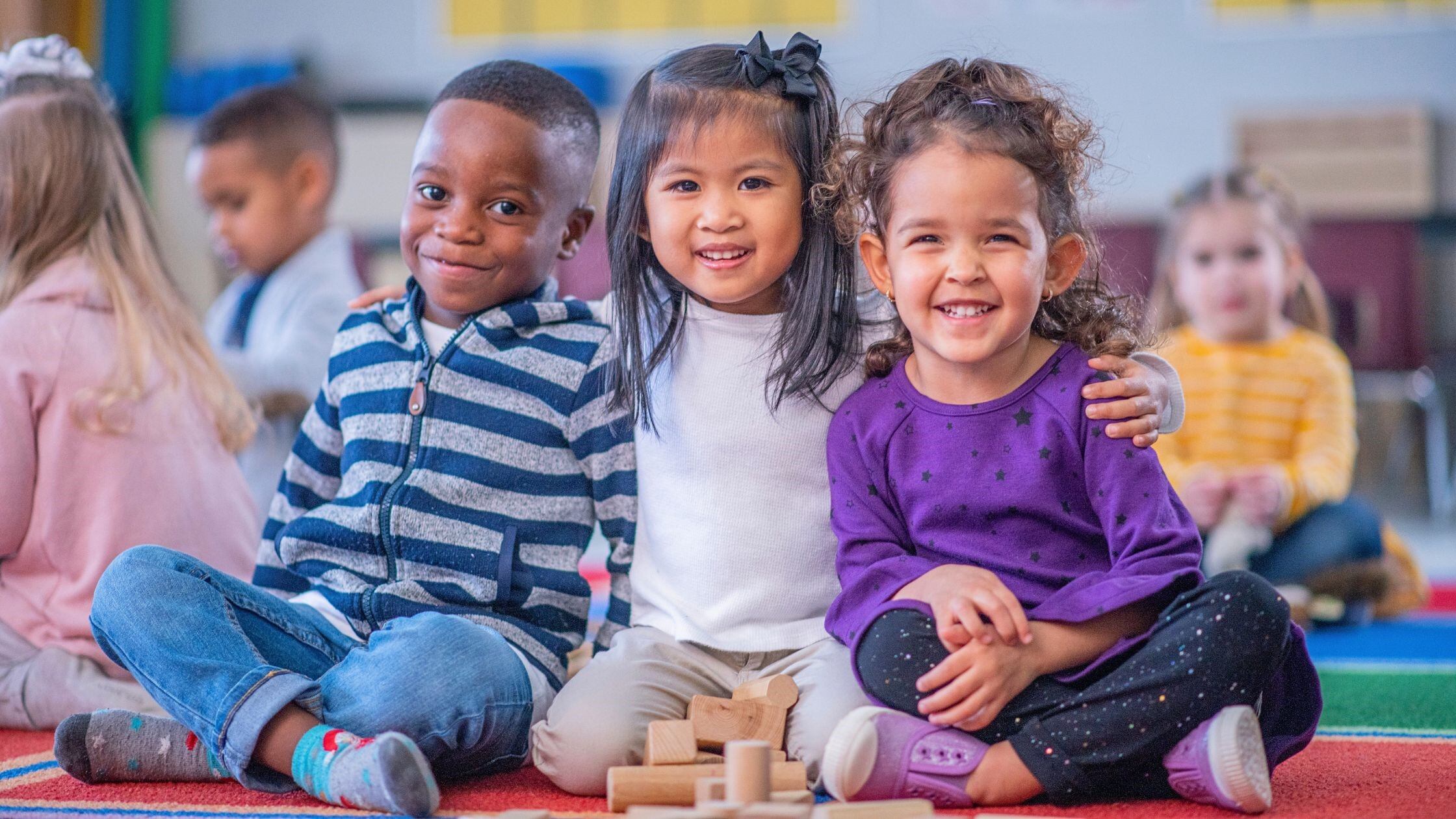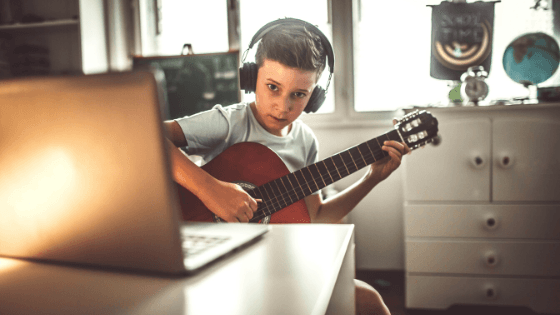June'25
It starts with a question that echoes in every parent's mind: Which preschool is the right one? Private or public? If the decision feels big, that’s because it is.
Imagine walking into two very different classrooms. One has colorful posters, a play kitchen in the corner, and a handful of children engaged in quiet activities. The other is bright, bustling, with structured lessons and laughter echoing down the hallway. Both seem welcoming and promising. But which is the best fit?
Let’s explore the differences between private and public preschools to help you decide what’s truly best for your child’s first step into the world of education.
The Basics: Understanding the Options
-
Private Preschools: Private preschools are independently operated and charge tuition fees. They are not bound by state curriculum mandates and can implement unique educational philosophies like Montessori, Reggio Emilia, Waldorf, or language-immersion programs.
-
Public Preschools: Public preschools are funded by the government and typically operate through the local school district. They follow state-approved curriculums and are either free or low-cost. Admission is often based on zoning. They have the freedom to create their own educational philosophies and classroom styles, whether that’s play-based, Montessori, Waldorf, or language-immersion programs.
Tuition vs Value
-
Private Preschools: Private options often come with a significant tuition fee. However, in return, they may offer smaller class sizes, more personalized learning, and a greater variety of enrichment programs tailored to individual child development.
-
Public Preschools: Public preschools offer a budget-friendly option without compromising on quality. Many are high-performing and provide children with a structured, well-rounded education aligned with kindergarten readiness goals.
Curriculum and Learning Styles
-
Private Preschools: Because they’re not restricted by government standards, private preschools have more flexibility in their teaching methods. Some may focus on creativity and exploration, while others lean into academic rigor or spiritual development. This freedom allows you to choose a preschool that aligns with your child’s learning style and interests.
-
Public Preschools: Public preschools adhere to a uniform curriculum designed to build literacy, numeracy, and social skills. While they may be more structured, this consistency helps prepare children for a smooth transition into public elementary schools.
Class Size and Teacher Interaction
-
Private Preschools: One of the biggest advantages of private preschools is their smaller class size. This often means more one-on-one interaction between teachers and children, allowing for personalized learning and close attention to emotional and social development.
-
Public Preschools: Public classrooms may have more students per teacher due to funding constraints. However, many still maintain strong teacher-child ratios and employ certified educators who are trained in early childhood development.
Social Environment and Community
-
Private Preschools: Private schools typically draw students from a wider area, leading to a more diverse mix of backgrounds and experiences. Many offer a wide range of extracurriculars—like music, yoga, storytelling, and art—that help develop a child’s holistic growth.
-
Public Preschools: Public schools typically serve children within a local zone, fostering a close-knit neighborhood community. This means your child may grow up with the same peers through elementary school and beyond, building strong early friendships.
Private vs Public Preschool: Quick Comparison
|
Aspect |
Private Preschool |
Public Preschool |
|
Cost |
Tuition-based (can be expensive) |
Free or low-cost |
|
Curriculum |
Flexible (Montessori, play-based, etc.) |
Standardized (state-approved) |
|
Class Size |
Smaller, more personal attention |
Larger, less individual focus |
|
Teachers |
Often more one-on-one time |
Qualified, but higher student ratios |
|
Admission |
Open (based on availability) |
Based on location/zoning |
|
Learning Style |
Customized to child’s needs |
More structured and uniform |
|
Diversity |
Students from various areas |
Mostly local neighborhood kids |
|
Activities |
Rich in extras (music, art, yoga) |
May have fewer due to the budget |
|
School Transition |
May differ from public elementary |
Smooth entry into the public school system |
Final Thought:
The little hand finally let go, joining the circle of new friends with a curious smile. Wherever the journey led next, one thing was clear—when a child feels joy in learning, they’re exactly where they need to be.
Above all, the best preschool is one where your child feels safe, engaged, and excited to learn.
Always remember, the classroom is just one part of a child’s learning adventure. To keep the spark of discovery alive, explore Wondrfly’s resources for fun, enriching activities that complement any preschool experience.



